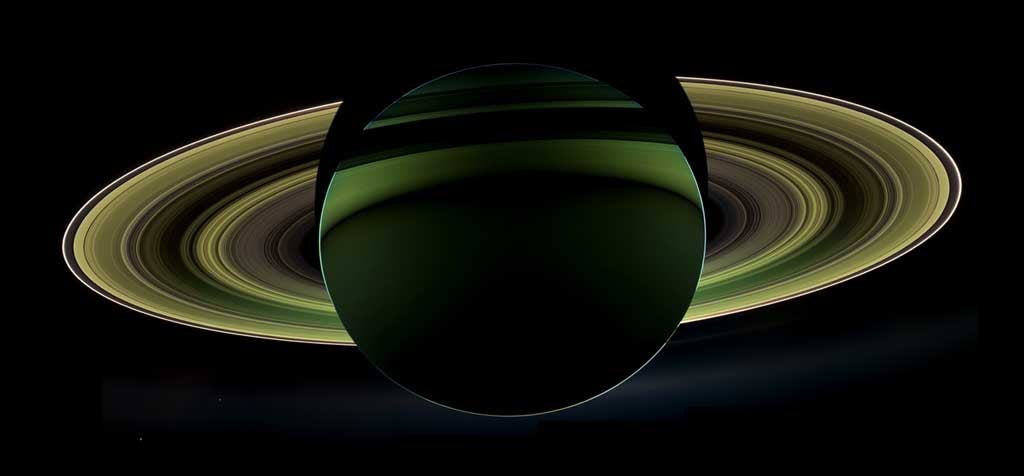When Éduoard Roche came up with this theory in the late 1800s, it helped him explain Saturn’s rings. He thought their existence hinged upon small moons being torn apart to replenish these rings, a theory we still believe today. Outside our solar system, however, there was little practical use for this theory until the past 5–10 years. In that time, space satellites such as MOST, CoRoT, and especially Kepler have increased the number of known exoplanets from a handful to thousands. This means that there are now objects for which the application of the Roche limit can provide useful information. In fact, a paper came out just last year that uses this limit to provide constraints on a planet’s internal composition.
While the Roche limit is mainly useful when there is a large discrepancy in mass, there are more widely used related techniques in stellar astronomy such as Roche lobes and Roche potentials. Unlike the Roche limit, the Roche lobe describes an object’s sphere of influence when it is orbiting a companion, while the Roche potential describes the object’s shape. In the study of binary systems, where one star orbits another, these descriptions are invaluable to modeling and helping determine fundamental parameters such as mass and radius.
University of Montreal, Canada










